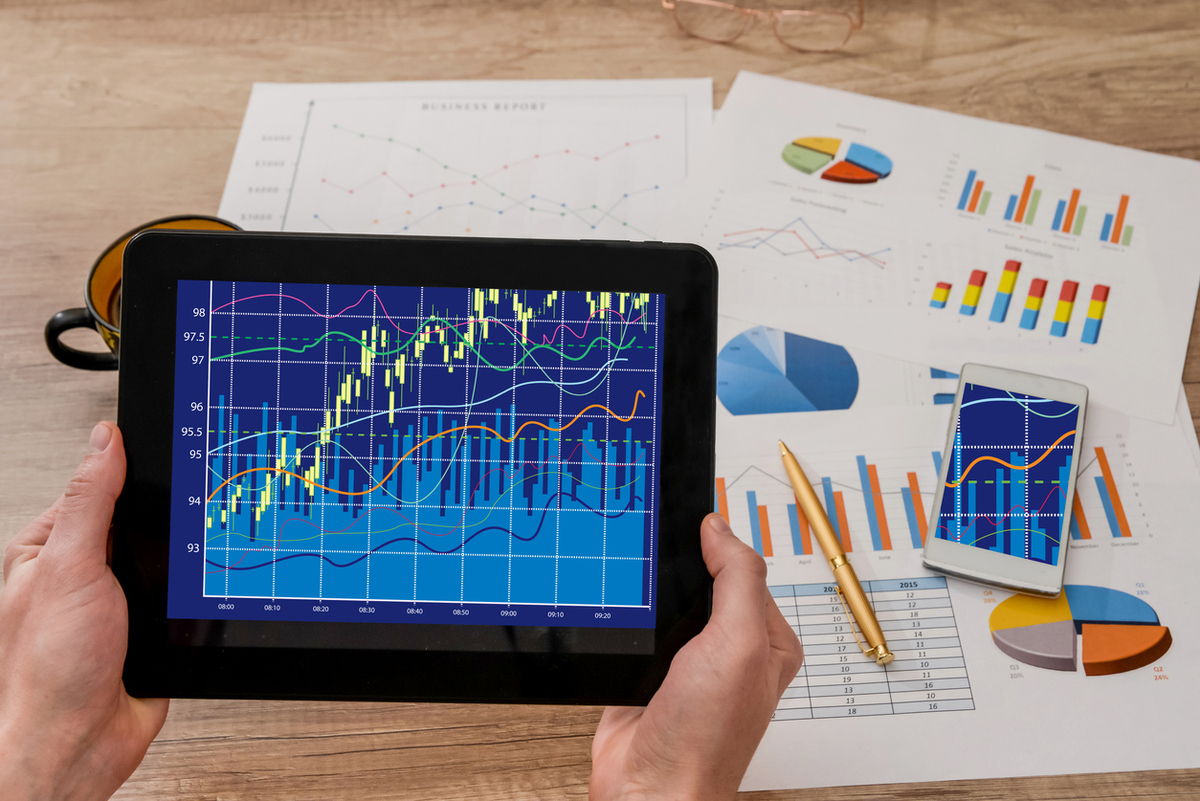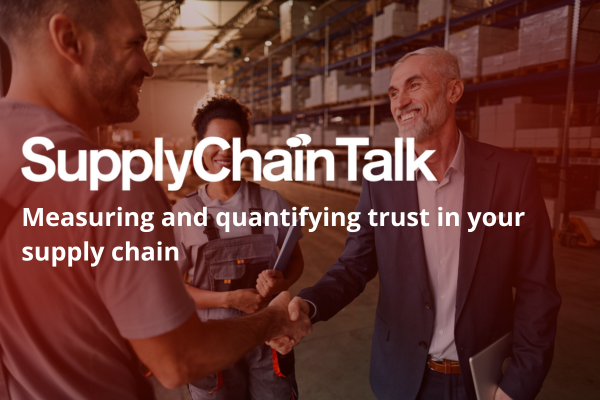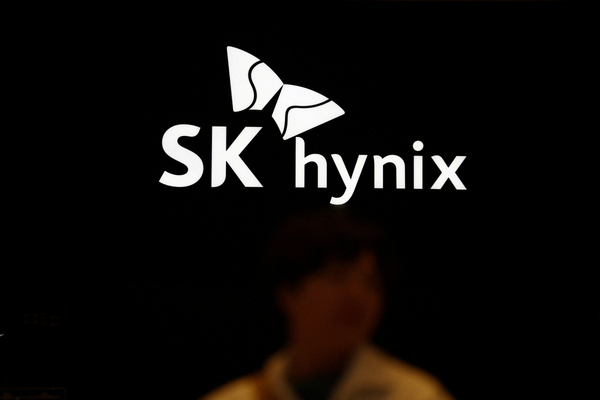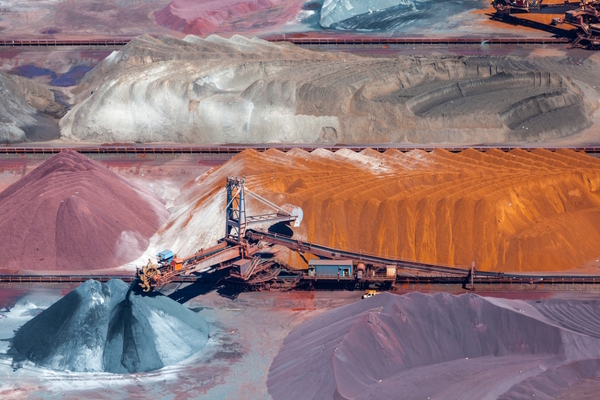Beating social media algorithms at their own game
How genAI-enabled demand sensing can help capitalise on seemingly out-of-the-blue spikes

At the heart of each efficient supply chain there lies a delicate balancing act between supply and demand.
The pandemic – with its empty supermarket shelves, shortages in electronic devices and indefinite delivery delays – was a stark reminder that even the most natural shopping experiences can’t be taken for granted in times of crisis.
Although Covid-19 was something of a black swan event that manufacturers, wholesalers, retailers and customers weathered together, the inability to meet demand has always been – and will remain – one of a merchant’s worst nightmares.
In less dramatic times, stockouts and rationing – the controlled distribution of scarce goods – can lead to a shrinking customer base, reputational damage and huge revenue losses.
One of the most startling recent examples of poor demand planning came from Novo Nordisk. On July 29, 2025, shares of the Danish diabetes and weight-loss drug manufacturer plunged nearly 30 per cent, wiping out roughly $70 billion from its market value.
Novo Nordisk isn’t just any company, but one of Europe’s most valuable prior to the profit warning that caused the carnage. Moreover, it was a mix of factors – failed clinical trials, outdated marketing strategies and ethical considerations – that led to investor disillusionment.
However, what primarily caused Novo Nordisk to come face to face with the dilemma of whether to stick with its original specialisation of manufacturing insulin or satisfy surging demand for weight-loss-drugs was the company’s failure to accurately forecast consumer interest.
While Novo Nordisk wrestled with that balance, its arch-rival Eli Lilly filled the void in the US weight-loss drug market, overtaking Novo in global market share and prescription volume.
That said, the demand for GLP-1 medications – drugs that regulate both blood sugar and appetite by mimicking the hormone that’s naturally released after eating – reached unprecedented levels at record speed.
Still, although the term “obesity crisis” has been around since the end of the 1990s and statistics have highlighted the high percentage of overweight and obese populations in wealthy countries such as the US and the UK, Novo Nordisk appears to have missed the signals.
Its demand forecasting was further muddled by the viral discussions about the radical effects of GLP-1s on social media and celebrity talk shows.
It’s worth noting, though, that consumer hype resulting in supply-demand imbalances isn’t new. The classic example is that of the Dutch tulip bubble of the 1630s, when bulbs of the suddenly fashionable flowers sold for enormous sums. More recent ones include Hotline Bling video fad and the DIY slime craze – which triggered explosive spikes in Moncler jackets and Elmer’s glue sales, respectively – and predate the full launches of Ozempic (2017) and Wegovy (2022).
Demand sensing
This is not to suggest that the complexity of developing, licensing and marketing a drug compares directly to ramping up the production of fashion items or stationery.
The common thread, rather, is that all three companies could have used GPT technology and LLMs to harness vast amounts of unstructured data – social media posts, influencer activity and online chatter – to fine-tune their demand forecast.
The need for enhancing the accuracy of strategic demand forecasting through data feeds goes back to the 2000s. While the traditional demand forecasting works with a 12-18-month time horizon, demand-sensing – a complementary approach – focuses on real-time data to generate short-term forecasts measured in days or weeks.
Traditional demand-planning relies on historical sales data, seasonal patterns, industry trends and macroeconomic factors. Demand-sensing, by contrast, incorporates dynamic sources such as real-time sales (including PoS data), newsfeeds and social media.
Executing this requires heavy system integration to ensure fresh, relevant updates from both internal and external sources that can influence sales.
To bridge short- and long-term demand planning, ERP and CRM must connect with warehouse and supply chain management, PoS systems, advanced analytics platforms and external data feeds on economic indicators, as well as promotional calendars and weather data. But the integration most crucial to spotting shifts before they snowball into shortages is with social media.
This is one of the main areas where gen AI and its capabilities to process unstructured data and natural language come into their own. By leveraging a technique called sentiment analysis, it can extract the negative and positive attitudes from posts and videos that may influence demand.
Another useful feature is influencer impact assessment, which flags up content that may affect sales. Not only can demand sensing solutions sift brand-relevant information from social media, but they can also automatically adjust forecasts based on those insights.
Gen AI can also identify patterns in historical data that statistical models may have missed. Whereas traditional forecasting often takes months to translate trends into action, demand-sensing shortens the latency between identifying a market signal and updating the plan, enabling true agility.
It can also reduce noise by filtering out arbitrary fluctuations or amplify weak but relevant signals. Having granular, up-to-date data at their fingertips can help manufacturers and businesses minimise the risk of both stockouts and waste resulting from overstocking.
The importance of acting on the insights
Naturally, even the most intelligent demand-planning software won’t bring results unless the actions and adjustments it suggests are acted upon.
Consider the pandemic. It was often painted by the government of the time as an unpredictable global health emergency. Yet the UK government’s 2019 National Security Risk Assessment, signed off by Chief Scientific Adviser Sir Patrick Vallance, explicitly warned of pandemic risks.
The assessment’s recommendations included the stockpiling of PPE and organising advanced purchase agreements for other essential kit – steps that, if followed, could have mitigated the panic and scrambling for supplies that shortages later triggered.
Similarly, former Novo Nordisk employees revealed that Novo Nordisk’s top executives ignored internal warnings that the company was unprepared for the Wegovy launch. Sales and marketing leaders urged US chief Doug Langa to secure more supply and insurance coverage beforehand.
Lessons have been learned, but recovery will take time, and Eli Lilly has already widened its lead. These examples, although they feature human experts, demonstrate well how even the most expertly and prophetic advice is futile if it falls on deaf ears.
By extension, the most cutting-edge algorithms and intelligent demand-planning software can be equally useless if decision-makers dismiss the writing already on the wall.
Most Viewed
Winston House, 3rd Floor, Units 306-309, 2-4 Dollis Park, London, N3 1HF
23-29 Hendon Lane, London, N3 1RT
020 8349 4363
© 2025, Lyonsdown Limited. Business Reporter® is a registered trademark of Lyonsdown Ltd. VAT registration number: 830519543






